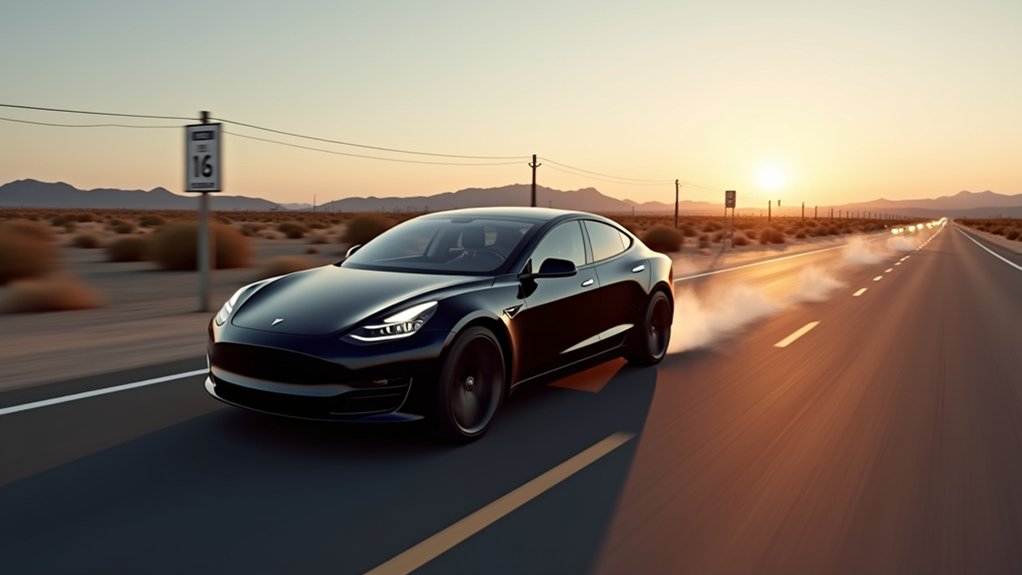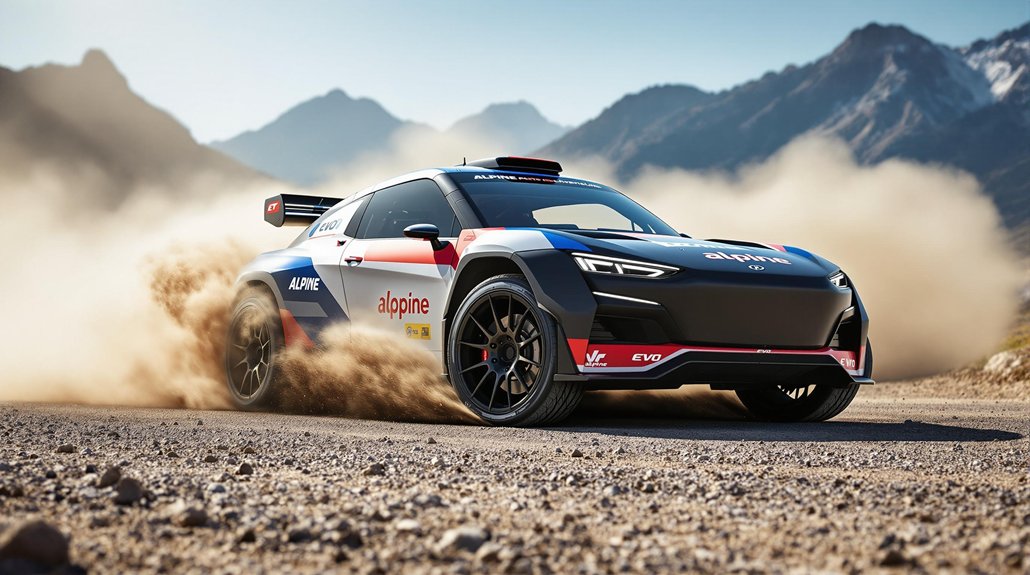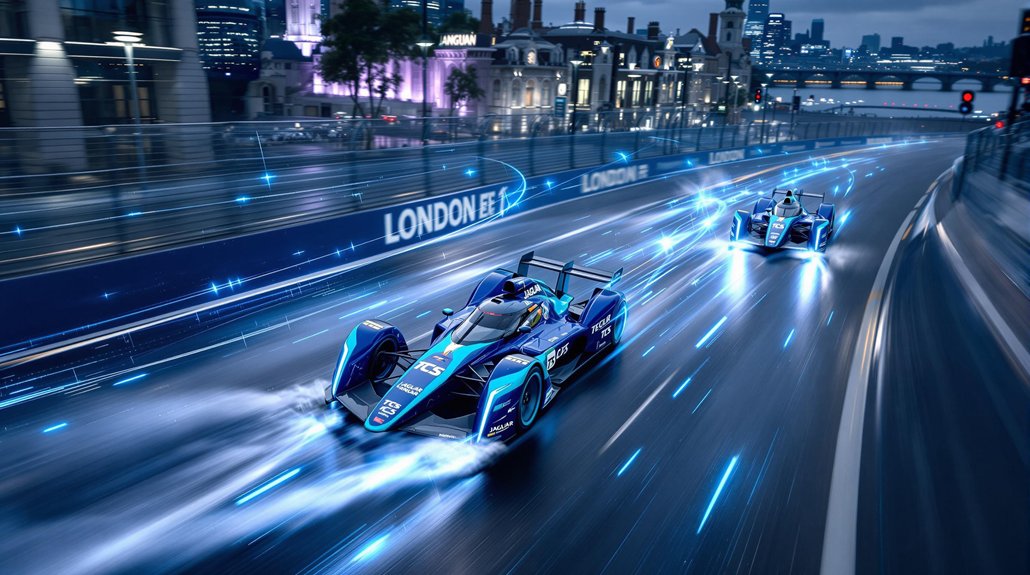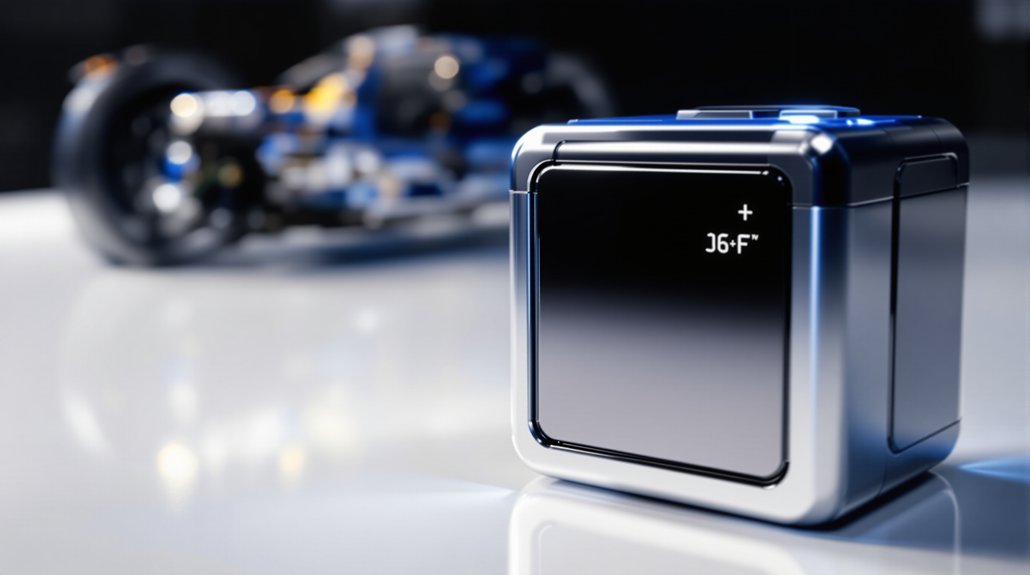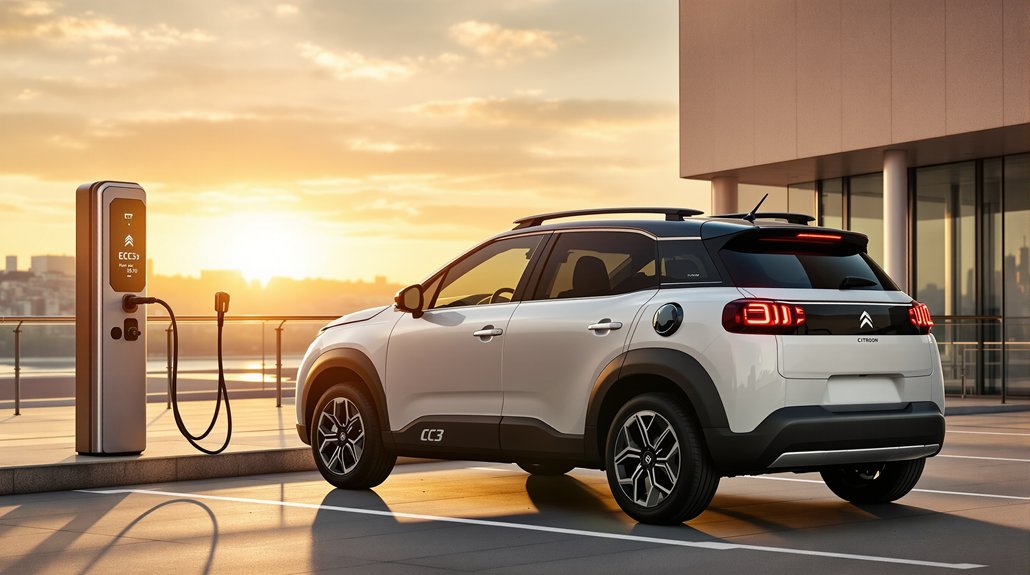The relentless surge of electric vehicle technology has transformed the automotive landscape, challenging conventional notions about speed capabilities and regulatory frameworks. Electric powertrains deliver instant torque at zero RPM, enabling acceleration profiles that leave traditional internal combustion engines struggling to compete. This fundamental advantage stems from EV architecture’s elimination of complex transmission systems, replaced by elegant single-speed reduction gears that transfer power with remarkable efficiency.
The Rimac Nevera exemplifies this new performance paradigm, achieving a blistering top speed of 258 mph—a figure that surpasses many legendary supercars. Such velocity isn’t merely impressive; it represents a complete realignment of automotive performance metrics. The days when EVs were perceived as glorified golf carts are emphatically over. Modern electric vehicles outperform their ICE counterparts in critical metrics, particularly 0-60 mph acceleration times, where EVs’ instantaneous torque delivery creates an almost teleportation-like sensation. The strategic placement of battery packs low in the vehicle improves handling and stability, contributing to their superior performance characteristics.
This exceptional performance creates an interesting regulatory tension. Despite EVs’ capacity for extraordinary speed, they remain constrained by the same legal frameworks governing all vehicles. Urban areas typically restrict speeds to 30-50 km/h, while highways permit 60-100 km/h depending on classification. These limits, devised primarily for safety and environmental considerations, increasingly seem arbitrary when applied to EVs with superior handling characteristics and safety systems. Additionally, the maximum speed limit on toll roads outside cities is generally 100 km/h according to established traffic regulations.
The environmental implications of high-speed EV operation present a complex calculus. Higher speeds demand greater energy consumption, potentially diminishing range. However, even at maximum velocity, EVs produce zero direct emissions, maintaining their environmental advantage over ICE vehicles. The engineering behind these achievements combines sophisticated power electronics, advanced aerodynamics, and lightweight materials. With modern EVs featuring smart thermal management systems, battery performance is optimized even during high-speed driving conditions.
What’s particularly fascinating is how EVs maintain exceptional energy efficiency even within legal speed parameters. Their regenerative braking systems recover energy during deceleration, a capability entirely absent in conventional vehicles. This technological advantage guarantees that even when restricted by conventional speed limits, electric vehicles continue to revolutionize transportation through superior efficiency, performance, and environmental credentials.
